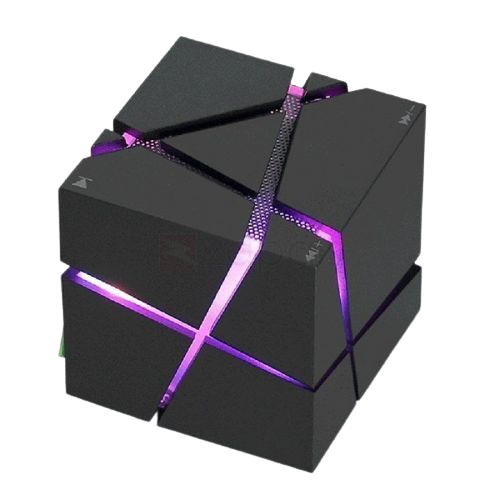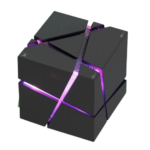GPT stands for “Generative Pre-trained Transformer”. GPT is a type of language model developed by OpenAI. It is based on the transformer architecture, which is a neural network design that has revolutionized natural language processing (NLP) tasks.
At its core, GPT is a deep learning model that is trained on a vast amount of text data using unsupervised learning. The goal of GPT is to learn the patterns, structures, and relationships within the text data, allowing it to generate human-like text and perform various language tasks.
Here’s a simplified explanation of how GPT works:
- Pre-training:
- GPT is pre-trained on a large amount of diverse text data, such as books, articles, and websites.
- During pre-training, GPT learns to predict the next word in a sequence based on the previous words.
- It does this by using the transformer architecture, which uses something called “self-attention mechanisms”. That’s a way to capture the dependencies and relationships between words in a sequence.
- The pre-training process allows GPT to learn general language patterns and acquire a broad “understanding” of language. I used “quotes” because it’s more like a huge amount of numbers organized in matrixes that represents words and organizes them by meaning, roughly speaking. So I’m not sure “understanding” is the right word.
2. Fine-tuning:
- After pre-training, GPT can be fine-tuned on specific tasks or domains using labeled data.
- Fine-tuning involves adapting the pre-trained model to a particular task by training it on a smaller dataset specific to that task.
- Through fine-tuning on the right data, we drastically reduce model size and the computational resources needed to generate expert advice specific to databases and infrastructure. This is ongoing research work at dbexpert.ai where we’re aiming to build a gpt model that easily runs on your local computer.
3. Generating Text:
- Once trained, GPT can generate human-like text by predicting the next word in a sequence based on the input prompt.
- Given a starting prompt or context, GPT uses its learned knowledge to generate coherent and contextually relevant text.
- The generated text can be of varying lengths, from a few words to entire paragraphs or even pages.
- GPT can also be used for tasks like text completion, where it fills in missing words or continues a given prompt.
- In case of dbexpert.ai we’re constantly improving our recommendation engine so you can benefit from expert level ai-documentation, ai-code and ai-explanation.
4. Contextual Understanding:
- GPT’s transformer architecture allows it to capture and understand the context of the input text.
- It considers the relationships and dependencies between words in a sequence, enabling it to generate text that is coherent and contextually appropriate.
- This contextual understanding is crucial for tasks like question answering, where GPT needs to comprehend the context of the question to provide a relevant answer.
GPT has undergone several iterations, with notable versions being GPT-2 and GPT-3. Each successive version has been trained on larger datasets and has a higher number of parameters, resulting in improved performance and capabilities.
GPT-3, in particular, has garnered significant attention due to its impressive language generation abilities and its potential for few-shot learning, where it can perform tasks with minimal training examples.
Overall, GPT represents a significant advancement in natural language processing and has opened up new possibilities for language-related tasks, such as chatbots, content generation, and language translation.
We at dbexpert.ai deeply believe that the near future belongs to narrow expert AIs that can do very specific tasks much better than humans. We already have the best analysis AI able to instantly find and predict the root causes of future issues. Now we are working tirelessly to also bring you the best solution generation engine and a seamless user experience and GPT is one important component.
If you are an AI or Database expert interested in joining our team or trying our products, contact us.


Comments are closed